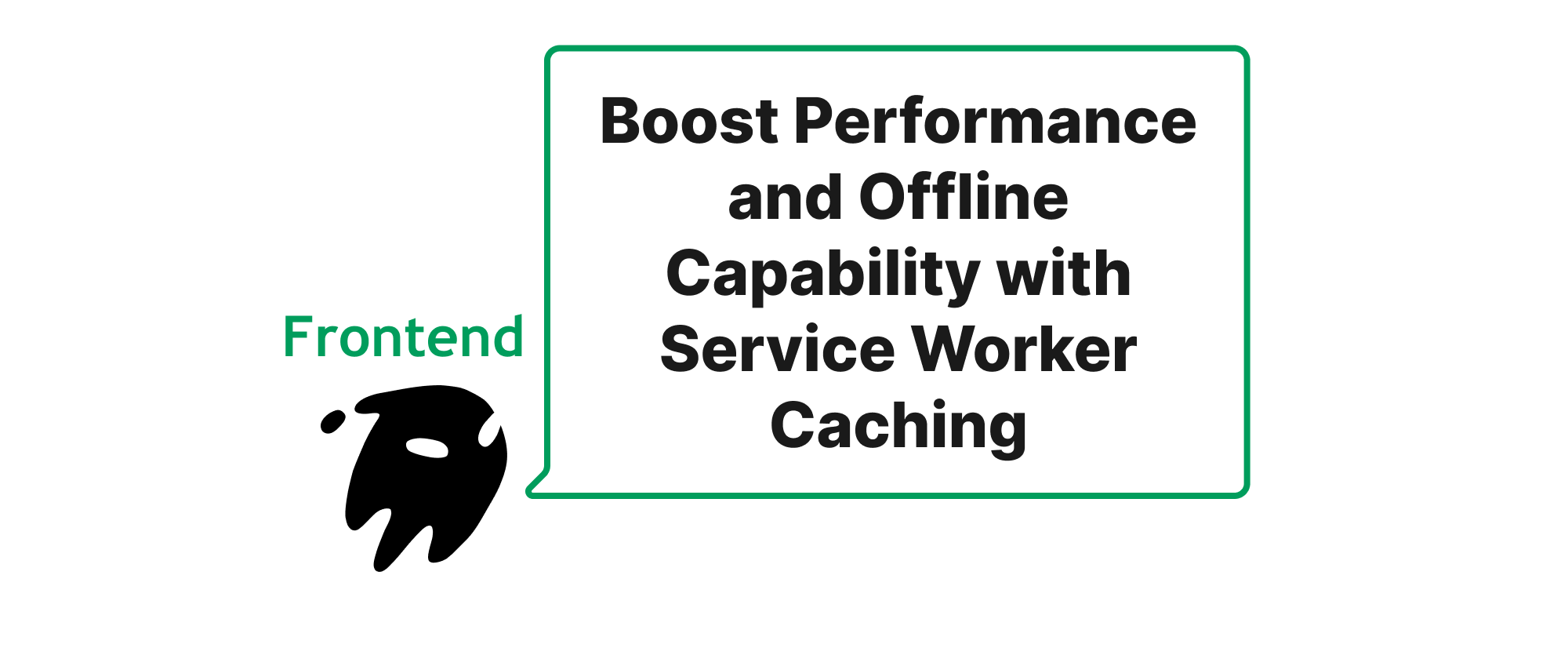State Management in Modern Frontend Applications
Ethan Miller
Product Engineer · Leapcell

Introduction
In the ever-evolving landscape of frontend development, managing application state effectively is paramount for building robust, scalable, and maintainable user interfaces. As applications grow in complexity, so does the challenge of ensuring data consistency, predictable updates, and an intuitive developer experience. Over the years, numerous state management solutions have emerged, each offering a unique approach to tackling these complexities. This article delves into three prominent contenders in the React ecosystem: Redux Toolkit, Zustand, and Jotai. We will explore their distinct paradigms, understand their underlying mechanisms, and identify their strengths and weaknesses, ultimately equipping you with the knowledge to choose the most suitable solution for your next project.
Core Concepts in Frontend State Management
Before we dive into the specifics of each library, let's establish a common understanding of some fundamental concepts that will underpin our discussion.
- State: The data that drives your application's UI and logic. It can include user input, fetched data, UI preferences, and more.
- State Management: The process of organizing, storing, and updating the state of an application in a predictable and efficient manner.
- Centralized vs. Decentralized State:
- Centralized: All application state resides in a single, global store, accessible from anywhere. This often leads to a single source of truth.
- Decentralized: State is distributed across various components or smaller, independent stores.
- Immutability: The principle of never directly modifying state. Instead, new state objects are created with the desired changes. This helps prevent unexpected side effects and makes state changes easier to track and debug.
- Actions/Events: Objects or functions that describe an intention to change the state.
- Reducers: Pure functions that take the current state and an action as input, and return a new state. They are the sole mechanism for changing state in many centralized solutions.
- Selectors: Functions that extract specific pieces of data from the global state, often used for optimization to prevent unnecessary re-renders.
- Hooks: Introduced in React 16.8, hooks allow functional components to manage state and side effects, making state management within components more accessible and composable.
Redux Toolkit A Comprehensive Centralized Solution
Redux Toolkit (RTK) is the official opinionated solution for efficient Redux development. It was created to simplify common Redux patterns, reduce boilerplate, and provide a better developer experience. RTK embraces a centralized, immutable state management approach, offering powerful developer tools and a predictable state flow.
Principles of Redux Toolkit:
RTK builds upon the core principles of Redux: a single source of truth (the Redux store), state changes only through pure reducer functions, and actions describing what happened. RTK's key features include:
configureStore: Simplifies store setup with sensible defaults.createSlice: Automates the creation of actions and reducers for a specific state slice, significantly reducing boilerplate.createAsyncThunk: Streamlines handling asynchronous logic, such as API calls.createSelector: Memoizes selector functions to optimize performance.
Real-World Example: Managing a counter and a list of todos.
// store.js import { configureStore, createSlice } from '@reduxjs/toolkit'; const counterSlice = createSlice({ name: 'counter', initialState: { value: 0 }, reducers: { increment: (state) => { state.value += 1; }, decrement: (state) => { state.value -= 1; }, incrementByAmount: (state, action) => { state.value += action.payload; }, }, }); const todosSlice = createSlice({ name: 'todos', initialState: [], reducers: { addTodo: (state, action) => { state.push({ id: Date.now(), text: action.payload, completed: false }); }, toggleTodo: (state, action) => { const todo = state.find((t) => t.id === action.payload); if (todo) { todo.completed = !todo.completed; } }, }, }); export const { increment, decrement, incrementByAmount } = counterSlice.actions; export const { addTodo, toggleTodo } = todosSlice.actions; export const store = configureStore({ reducer: { counter: counterSlice.reducer, todos: todosSlice.reducer, }, });
// Counter.js (React Component) import React from 'react'; import { useSelector, useDispatch } from 'react-redux'; import { increment, decrement, incrementByAmount } from './store'; function Counter() { const count = useSelector((state) => state.counter.value); const dispatch = useDispatch(); return ( <div> <h2>Counter: {count}</h2> <button onClick={() => dispatch(increment())}>Increment</button> <button onClick={() => dispatch(decrement())}>Decrement</button> <button onClick={() => dispatch(incrementByAmount(5))}>Increment by 5</button> </div> ); } export default Counter;
Application Scenarios: RTK excels in large, complex applications with many interacting components and a need for predictable state updates, debugging capabilities (e.g., Redux DevTools), and a single source of truth. It's particularly well-suited for enterprise-level applications where maintainability and long-term scalability are critical.
Zustand A Minimalist and Performant Approach
Zustand offers a breath of fresh air with its minimalist, hook-based, and highly performant approach to state management. Unlike Redux, Zustand doesn't rely on reducers or immutability enforcement through libraries like Immer (though it can be used with it). Instead, it uses a simple, functional API to create stores and directly mutate state, while still ensuring re-renders are optimized.
Principles of Zustand:
Zustand's philosophy revolves around simplicity and directness. It leverages React Hooks to connect components to the store, and its core API is incredibly small.
createfunction: The primary way to define a store. It takes a function that returns an object containing the state and updater functions.- Direct Mutation: Zustand allows direct mutation of the state object within the updater functions, making state updates feel more natural for many developers. It achieves optimized re-renders by shallowly comparing state changes.
- Selectors without Memoization: By default, Zustand's selectors don't require explicit memoization. Components only re-render if the selected slice of state actually changes.
Real-World Example: Building the same counter and todo list with Zustand.
// useStore.js import { create } from 'zustand'; // Counter store const createCounterSlice = (set) => ({ count: 0, increment: () => set((state) => ({ count: state.count + 1 })), decrement: () => set((state) => ({ count: state.count - 1 })), incrementByAmount: (amount) => set((state) => ({ count: state.count + amount })), }); // Todos store const createTodosSlice = (set) => ({ todos: [], addTodo: (text) => set((state) => ({ todos: [...state.todos, { id: Date.now(), text, completed: false }], })), toggleTodo: (id) => set((state) => ({ todos: state.todos.map((todo) => todo.id === id ? { ...todo, completed: !todo.completed } : todo ), })), }); // Combine slices (optional, can also have separate stores) export const useBoundStore = create((...a) => ({ ...createCounterSlice(...a), ...createTodosSlice(...a), })); // Or separate stores for better modularity export const useCounterStore = create(createCounterSlice); export const useTodosStore = create(createTodosSlice);
// Counter.js (React Component) import React from 'react'; import { useCounterStore } from './useStore'; // Or useBoundStore function Counter() { const count = useCounterStore((state) => state.count); const increment = useCounterStore((state) => state.increment); const decrement = useCounterStore((state) => state.decrement); const incrementByAmount = useCounterStore((state) => state.incrementByAmount); return ( <div> <h2>Counter: {count}</h2> <button onClick={increment}>Increment</button> <button onClick={decrement}>Decrement</button> <button onClick={() => incrementByAmount(5)}>Increment by 5</button> </div> ); } export default Counter;
Application Scenarios: Zustand is ideal for small to medium-sized applications, or scenarios where you need a performant, lightweight state solution without the overhead and structured boilerplate of Redux. It's particularly well-suited for local component state that needs to be shared across a few components, side projects, or when migrating from useState to a global solution. Its simplicity also makes it excellent for quick prototyping.
Jotai A Primitively Powerful Approach
Jotai takes a unique, atom-based approach to state management, inspired by Recoil. Rather than a single, global store, Jotai allows you to define small, independent pieces of state called "atoms." These atoms can then be combined and derived from each other, creating a highly modular and flexible state graph. Jotai embraces a concept closer to React's useState at a global level.
Principles of Jotai:
Jotai centers around the concept of atoms, which are essentially units of reactive state.
- Atoms: A basic unit of state that can be read from and written to. An atom can hold any value.
- Derived Atoms: Atoms can derive their values from other atoms, creating a computed state that automatically updates when its dependencies change. This is powerful for creating complex selectors.
useAtomHook: The primary hook for interacting with atoms from within React components. It returns the atom's value and a setter function, much likeuseState.- Decentralized by Design: State is distributed among many small atoms rather than collected in a single store.
Real-World Example: Implementing the counter and todo list with Jotai.
// atoms.js import { atom } from 'jotai'; // Counter atoms export const countAtom = atom(0); export const incrementAtom = atom( null, // setter (get, set) => set(countAtom, get(countAtom) + 1) ); export const decrementAtom = atom( null, (get, set) => set(countAtom, get(countAtom) - 1) ); export const incrementByAmountAtom = atom( null, (get, set, amount) => set(countAtom, get(countAtom) + amount) ); // Todos atoms export const todosAtom = atom([]); export const addTodoAtom = atom( null, (get, set, text) => set(todosAtom, [...get(todosAtom), { id: Date.now(), text, completed: false }]) ); export const toggleTodoAtom = atom( null, (get, set, id) => set( todosAtom, get(todosAtom).map((todo) => todo.id === id ? { ...todo, completed: !todo.completed } : todo ) ) );
// Counter.js (React Component) import React from 'react'; import { useAtom } from 'jotai'; import { countAtom, incrementAtom, decrementAtom, incrementByAmountAtom } from './atoms'; function Counter() { const [count] = useAtom(countAtom); const [, increment] = useAtom(incrementAtom); const [, decrement] = useAtom(decrementAtom); const [, incrementByAmount] = useAtom(incrementByAmountAtom); return ( <div> <h2>Counter: {count}</h2> <button onClick={increment}>Increment</button> <button onClick={decrement}>Decrement</button> <button onClick={() => incrementByAmount(5)}>Increment by 5</button> </div> ); } export default Counter;
Application Scenarios: Jotai shines in applications that benefit from a highly modular and granular state. It's excellent for UI states that are localized to specific parts of the application but still need to be globally accessible if required. Its "primitive" nature makes it very flexible for unique state graph requirements and for optimizing renders at a very fine-grained level. It's also a good choice if you appreciate the simplicity of useState but need a global solution, or for projects where you want to avoid opinionated patterns like reducers.
Conclusion
Redux Toolkit, Zustand, and Jotai each offer compelling solutions for state management in React, but they cater to different needs and preferences. Redux Toolkit provides a comprehensive, opinionated, and highly structured framework, ideal for large-scale applications demanding debuggability and a clear, centralized state flow. Zustand, with its minimalist API and direct state manipulation, offers a performant and lightweight alternative, perfect for smaller projects or for those who prefer a less opinionated approach. Jotai, leveraging an atom-based, decentralized model, brings fine-grained control and exceptional flexibility, excellent for highly modular applications and advanced state derivation. The best choice ultimately depends on your project's scale, team's familiarity, and specific requirements for structuring and interacting with your application's state.


